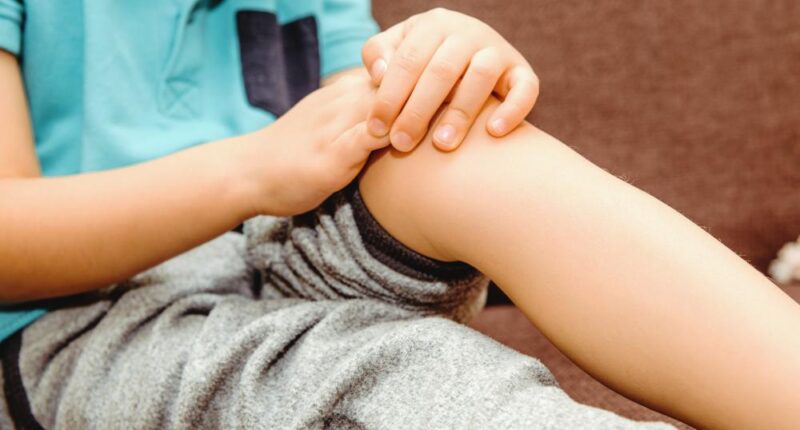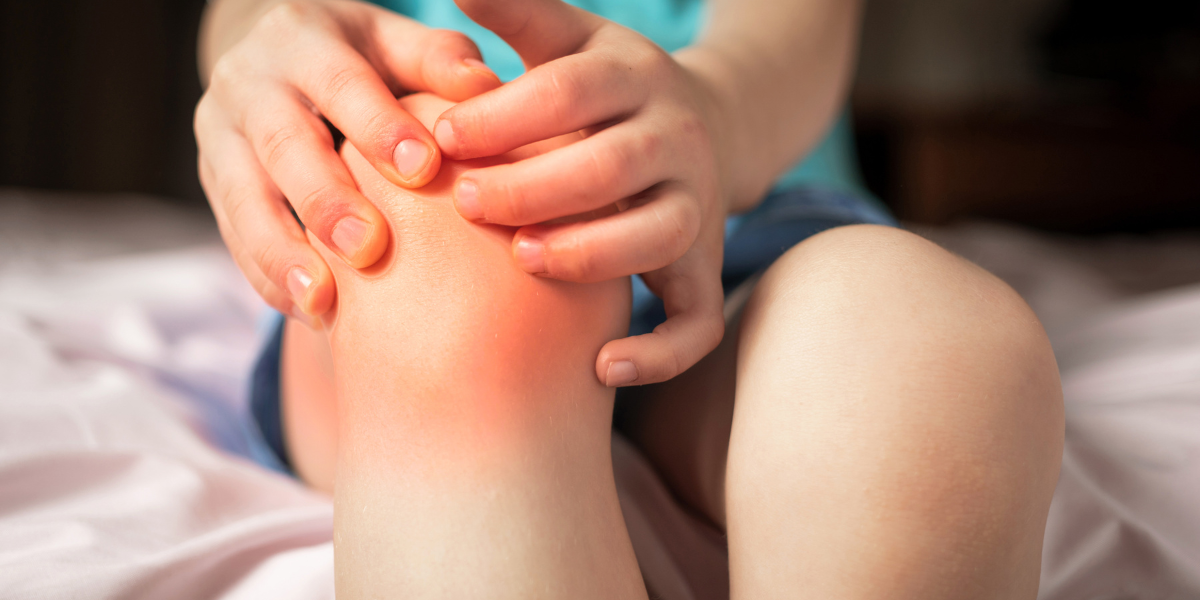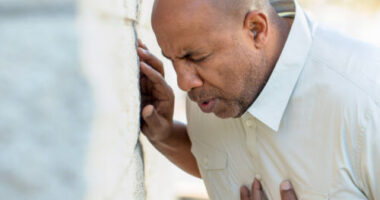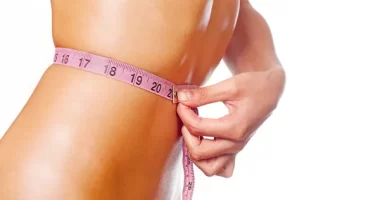Juvenile arthritis is a condition that affects children and adolescents, causing inflammation in their joints. Early detection is crucial for effective management and improved quality of life.
In this article, we’ll discuss four important symptoms of juvenile arthritis that parents should watch out for.
Table of Contents
4 Symptoms of Juvenile Arthritis
Recognizing the signs of juvenile arthritis can help parents seek medical attention promptly. Here are four symptoms to be vigilant about:
1. Persistent Joint Pain
One of the primary symptoms of juvenile arthritis is persistent joint pain. Children may complain of discomfort, tenderness, or pain in their joints, which can affect their ability to engage in daily activities.
2. Swelling and Stiffness
Swelling and stiffness in the joints, especially in the morning or after periods of rest, are common indicators of juvenile arthritis. The affected joints may feel warm to the touch and appear red.
3. Limited Range of Motion
Children with juvenile arthritis may experience limitations in their range of motion. They might find it challenging to fully extend or flex certain joints, leading to difficulty in activities like walking, writing, or playing.
4. Fatigue and Irritability
Chronic pain and inflammation can lead to fatigue and irritability in children with juvenile arthritis. They might appear more tired than usual and exhibit changes in mood or behavior.
Here are some additional things to watch out for that may be signs of juvenile arthritis:
- Limping
- Difficulty getting up from a chair or bed
- Refusal to participate in activities that they used to enjoy
- Loss of appetite
- Fatigue
- Weight loss
- Eye pain or redness
If you are concerned about your child’s health, please talk to their doctor.
Conclusion
Being vigilant about the symptoms of juvenile arthritis is crucial for early diagnosis and effective management. If your child exhibits any of the mentioned symptoms, consult a medical professional for a proper evaluation and appropriate treatment options. Timely intervention can make a significant difference in minimizing the impact of juvenile arthritis on your child’s well-being.
More Story | How To Raise Twins? Expert Tips and Expectations
FAQs
Juvenile arthritis can develop at any age during childhood, typically between the ages of 1 and 16.
Yes, there are several types of juvenile arthritis, including oligoarticular, polyarticular, systemic, and enthesitis-related arthritis.
Yes, juvenile arthritis can go into periods of remission, during which symptoms improve or disappear. However, monitoring and treatment are still necessary.
A combination of medical history, physical examination, and laboratory tests can help diagnose juvenile arthritis.
Treatment may include medications, physical therapy, and lifestyle adjustments to manage symptoms and prevent joint damage.
While there is no cure for juvenile arthritis, early diagnosis and effective management can lead to improved quality of life.










